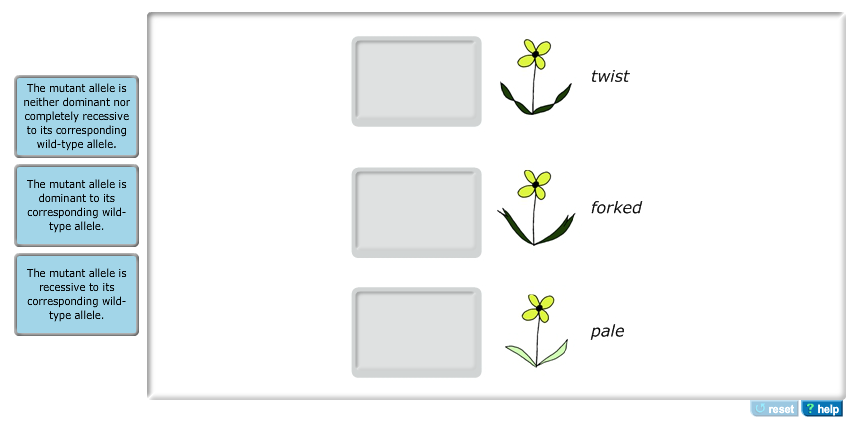

The HLA genes are codominant, both alleles in the two chromosomes are expressed, and are exceptionally polymorphic in their exons involved in antigen recognition (exon 2 and 3 for Class-I and exon 2 for Class-II loci). Therefore, HLA genotyping from large datasets and finding further associations is an ever ongoing effort. Besides transplantation, HLA loci (and MHC genes in general) have been found to be associated with many traits and diseases. Their role in transplantation became apparent about a hundred years ago, and for both solid organ and hematopoietic stem cell transplantation the general practice is to find donors with matching HLA genes for a patient. These proteins on the cell membrane surface are the primary building blocks of antigen presentation and immunological memory mechanisms. The final bioinformatics step will not be able to resolve all the ambiguities we are also proposing quality control metrics to assess the final ambiguity and typing failure.Įvery nucleated cell in our body expresses Class-I HLA genes (HLA-A, -B, and -C) and cells involved in immune function express some of the Class-II HLA genes (such as HLA-DRB1, -DQB1, etc.). NGS technology itself has additional artifacts leading to ambiguity listed in our paper. These can be sample- or reference-related, or the results of artifacts generated during the targeting and amplifying step. Using either targeted or whole-genome sequencing data, there are a lot of possibilities to get ambiguous results (combinations of several alleles as a result instead of a single pair).

NGS-based HLA typing brings the hope of accurate genomic consensus sequences by relatively cheap and simple laboratory workflow. The HLA genes have a crucial role in transplantation patients receiving organs or bone marrow from matching donors have significantly higher chance for survival. The major histocompatibility complex (MHC) region of the human genome is the most polymorphic sequence part on chromosome 6 this roughly 4 Mbase long stretch contains many genes involved in immune response and disease association.


 0 kommentar(er)
0 kommentar(er)
